-
About
- About Listly
- Community & Support
- Howto
- Chrome Extension
- Bookmarklet
- WordPress Plugin
- Listly Premium
- Privacy
- Terms
- DMCA Copyright
- © 2010-2025 Boomy Labs

 Dhansu Series
Dhansu Series
Listly by Dhansu Series
Operational Amplifiers Types Tutorials Series
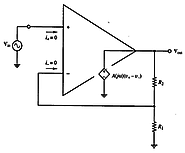
An open-loop op-amp has a constant gain Ao only at low frequencies, and a continuously reducing gain at higher frequencies due to internal device and circuit inherent limits.

Slew Rate Limitation in an Op-amp - Operational Amplifiers Types Tutorials Series.A real op-amp is limited in its ability to respond instantaneously to an input signal with a high rate of change of its input voltage. This limitation is called the slew rate, referring to the maximum rate at which the output can be "slewed".

Effect of Non-zero Input Bias Currents *In practice op-amps do not actually have zero input currents, but rather have very small input currents labeled I+ and I- in the figure at the left -Modeled as internal current sources inside op-amp -I+ and I- are both the same polarity *e.g.
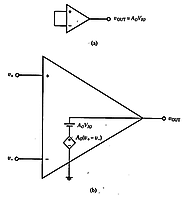
Output-Offset Voltage and Nulling Out Offset:-How can we correct for offset voltage? *A parameter called the output-offset voltage may be used to represent the internal imbalance of an op-amp, rather than the input-offset voltage.Consequently, the output-offset voltage is essentially the input-offset voltage multiplied by the open loop gain.

Non-Ideal Properties of Op-amps:Input-Offset Voltage (Above Fig):- Output Saturation Voltage:-*We have been assuming v+ = v- when vOUT = 0. In actual practice, however, there is usually a small input (or output) dc offset voltage in order to force vOUT to 0, under open-loop operation.
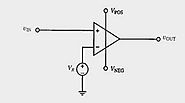
Non-Linear Op-amp Circuits-Such non-linear op-amp uses are often found in signal processing applications *Two examples of such non-linear operation are shown at the left-In below fig is an open-loop polarity indicator *Op-amps are sometimes used in non-linear open-loop configurations where the slightest change in vIN will force the op-amp into

Op-amp as a Differentiator *The two op-amp configurations shown below perform the function of differentiation -The circuit on the left is the complement of the integrator circuit shown on slide 2-14, simply switching the capacitor and resistor -The circuit on the right differentiates by replacing the capacitor with an inductor


Op-amp,T-bridge,Feedback Network,Operational Amplifiers Types,Tutorials Series-Op-amp with T-bridge Feedback Network-To build an op-amp with high closed-loop gain may require a high value resistor R2 which may not be easily obtained in integrated circuits due to its large size.A compromise to eliminate the high value resistor is the op-amp with T-bridge feedback network, shown below :-
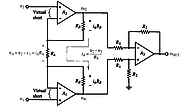
Instrumentation Amplifier Configuration Some applications, such as an oscilloscope input, require differential amplification with extremely high input resistance(Circuit is shown above) A1 and A2 are additional op-amps with extremely high input resistances at v1 and v2 (input currents = 0)*Differential gain of input section: -Due to the virtual shorts at

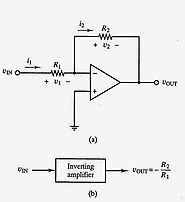
An op-amp can use negative feedback to set the closed-loop gain as a function of the circuit external elements (resistors), independent of the op-amp gain, as long as the internal op-amp gain is very high *Shown at left is an ideal op-amp in a non-inverting configuration with negative feedback provided
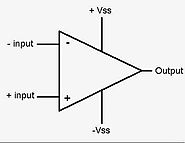
Operational Amplifiers circuit symbol is shown abovewhere:V+: non-inverting input V−: inverting input Vout: output VS+: positive power supply VS−: negative power supply Operation The amplifier's differential inputs consist of a non-inverting input (+) with voltage V+ and an inverting input (-) with voltage V−; ideally the op-amp amplifies only the difference in voltage between the two, which is called the differential input voltage.

An amplifier is a circuit which can produce an output voltage, which is the product of input voltage with a value called voltage gain. An op-amp (operational amplifier) is a kind of amplifier circuit which can perform an operation (addition, subtraction etc.) on the input voltages, apart from simply amplifying the input.
